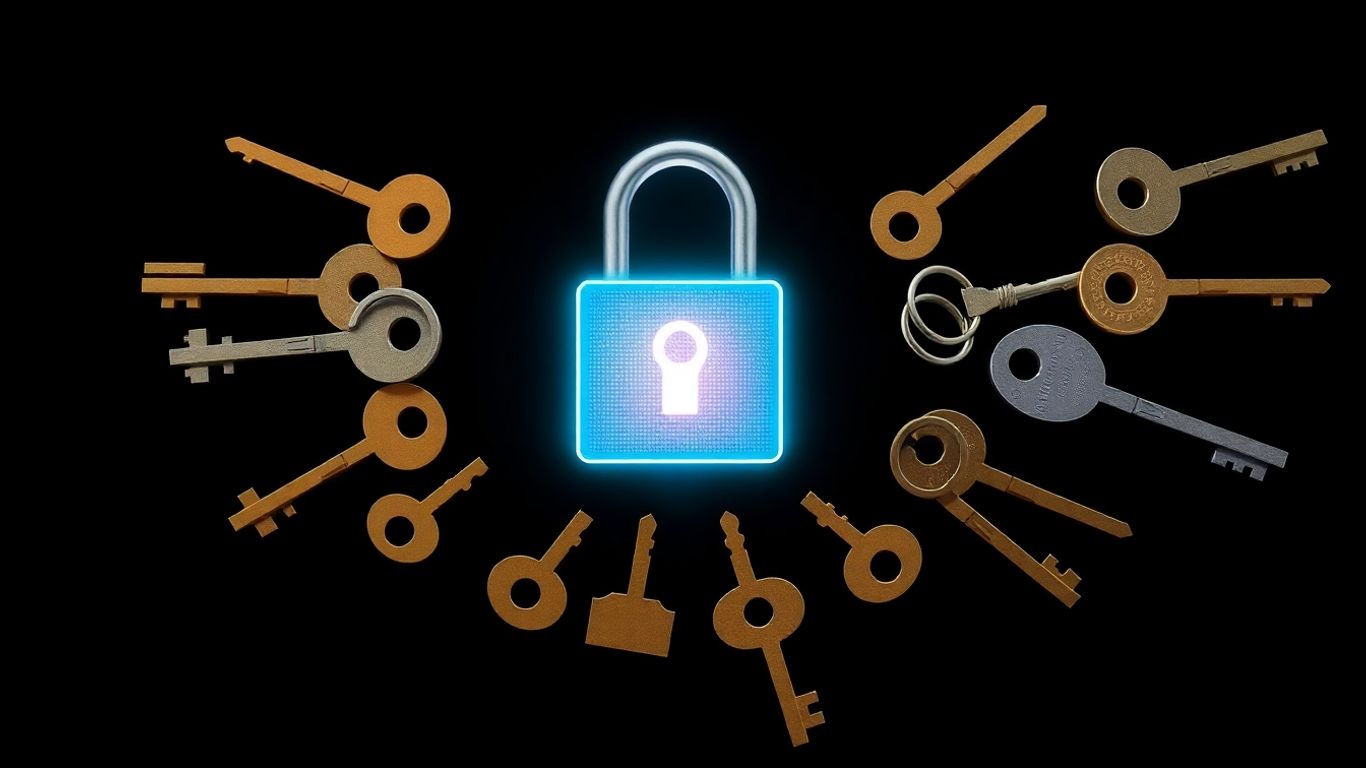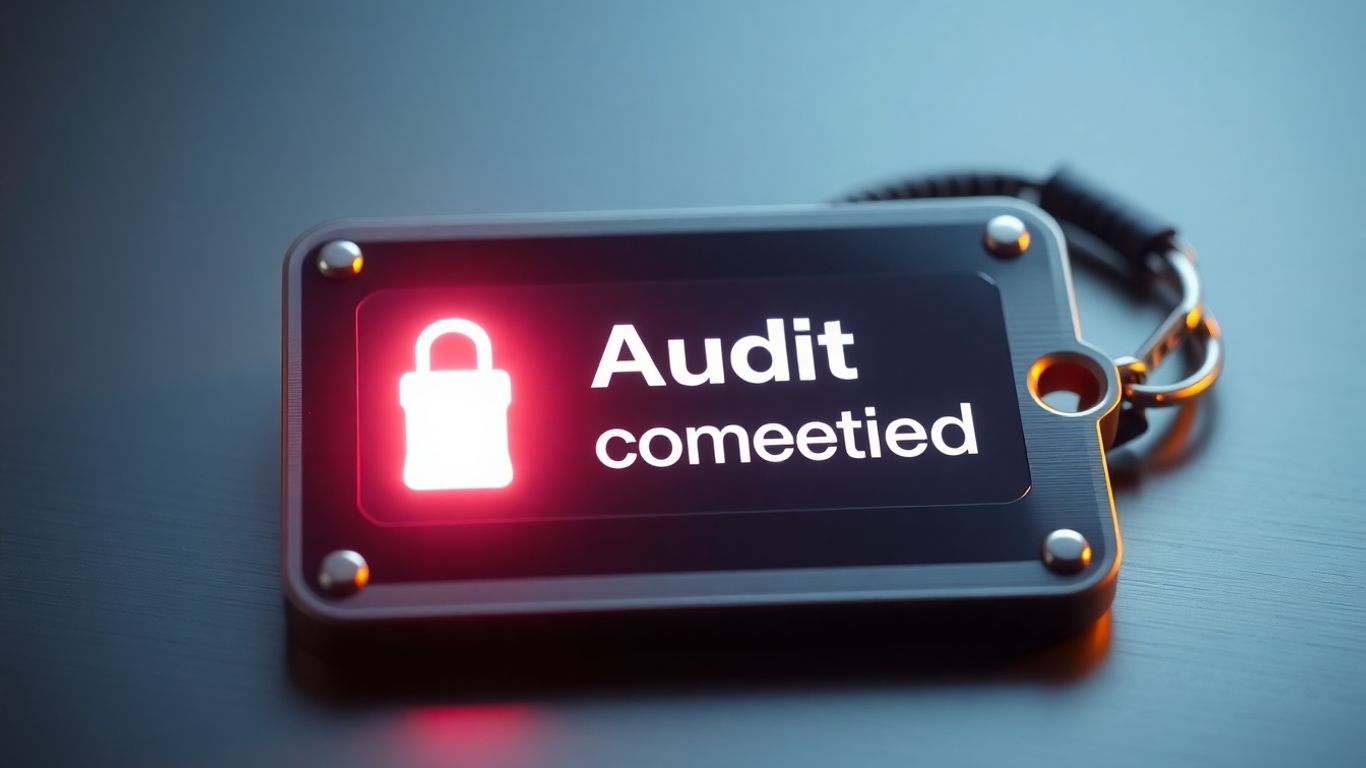[ newsletter ]
Stay ahead of Web3 threats—subscribe to our newsletter for the latest in blockchain security insights and updates.
Thank you! Your submission has been received!
Oops! Something went wrong. Please try again.
Learn how to boost your crypto security with a multisignature wallet—uses, setup tips, risks, and top platforms.





Keeping your crypto safe is a big deal these days. With so many stories about hacks and lost coins, a lot of people and companies are looking for better ways to protect their digital assets. One solution that’s getting more popular is the multisignature wallet. This kind of wallet needs more than one person (or device) to approve a transaction before it goes through. In this guide, we’ll break down how multisignature wallets work, why people use them, and what you should know to keep your crypto secure.
Multisignature—or multisig—wallets are different from regular crypto wallets because they require more than one signature to approve a transaction. Instead of just one person or device having the power to send funds, multisig spreads responsibility across multiple parties.
Some important differences:
The main thing that makes a multisig wallet unique is how it directly lowers the risk of mistakes, theft, or misuse by design. Coordinated action is built in, not just an option.
Multisig wallets use flexible setups to balance security with convenience. Here are a few of the most popular configurations:
List of key points about configurations:
Let’s break down what’s good and not so good about multisig wallets.
Benefits:
Limitations:
Multisignature wallets don’t remove all risks, but they do change who needs to be involved for bad things to happen. How much security you want will depend on your needs and how willing you are to manage extra steps.
A multisignature (multisig) wallet works by splitting transaction approval across several participants instead of placing all control in one set of hands. When someone wants to move funds, they first propose the transaction, which is then visible to all designated signatories. Each participant reviews the transaction and independently signs it using their private key.
Only when the required number of unique signatures is present does the wallet allow the transaction to proceed on the blockchain. This makes it much tougher for a single compromised key or individual to authorize an unwanted transfer. Common setups require, for example, 2 out of 3 signatures. If one signer loses access, the group can still manage the funds as long as the minimum number of participants agree.
Multisig approvals aim to create a system where cooperation is required and one person's mistake or compromise doesn't jeopardize the entire wallet.
Many cryptocurrencies rely on smart contracts to power multisig wallets, especially on platforms like Ethereum.
A smart contract is an automated piece of code stored on the blockchain. For multisig wallets, smart contracts enforce the rule that says a specific number of approvals must be gathered before moving funds. These contracts also track pending transactions, monitor which addresses have signed, and guarantee that funds are only released once all requirements are met.
Here's why smart contracts are useful in this setup:
In the crypto world, the basic wallet is called an Externally Owned Account (EOA). EOAs are managed with a single private key. This is easy and fast but also risky—if that single key is stolen or lost, any funds are gone forever.
Multisig wallets replace this model with multiple keys and shared control. Here's a table to show the core differences:
If you’re holding any substantial amount of cryptocurrencies or need shared control, setting up a multisig wallet is generally a smarter long-term choice.
Multisignature wallets help individuals who hold significant amounts of crypto by spreading risk across multiple private keys. Instead of relying on a single device or password, owners can require several approvals to send funds.
Multisig wallets work well for everyday users and long-term investors who want to avoid the horror of losing all their coins after a misplaced laptop or a phishing scam.
For businesses, nonprofits, or crypto collectives, one person shouldn't be able to empty the wallet. Multisig wallets let you split transaction approvals between managers, board members, or DAO participants.
Common organizational uses include:
This joint control structure ensures accountability and reduces the risk of insider fraud.
Escrow services are crucial for large transactions between unknown parties. Multisig wallets enable a trustless middle ground, because the buyer, seller, and a neutral third party each get their own approval key. Money is only released when at least two parties agree - nobody can take the funds without consensus.
Multisigs also work for simple joint accounts, like families or business partners, where everyone must sign off before spending. These wallets make cooperation transparent, whether you’re running a roadside lemonade stand or managing investments with friends.
For both strangers doing business and tight-knit teams, multisig wallets bring clarity and balanced power to digital money.
Security isn’t just about setting up a multisignature wallet and forgetting about it. How you manage those keys and who holds them can make all the difference. It’s pretty easy to overlook some details, but let’s get into the real ways you can keep your crypto safe.
The strength of a multisig wallet really comes down to how you split up the private keys. Avoid putting more than one key on the same device or in the same spot—this is a common mistake.
Even the best password won’t help you if all your keys are on the same stolen laptop—spread them out, and you’re much safer.
Not all multisig wallets are built alike. Picking one that’s popular and well-audited gives your funds another layer of protection. Look for wallets that keep their software updated and have a solid track record. For organizations and large treasuries, using a multisig wallet is seen as one of the top ways to boost wallet security.
Some things to check for:
Losing access to a private key can be frustrating, but it doesn’t have to lock you out for good if you prepare.
Here’s how you can plan your recovery:
You wouldn’t leave your front door unlocked for years, so don’t leave your wallet untouched. Schedule regular checks:
Regular review makes it easier to spot threats early and tighten up any weak spots before they become a problem.

Multisignature (multisig) wallets don’t eliminate risk—they just change where the challenges are. Even with extra security layers, key mismanagement or software bugs can undercut their value. Every multisig setup should be aware of the main categories of risk.
Human behavior often opens the biggest security gaps in multisignature wallets. Here’s where things can go wrong:
The extra layers of security in multisig can be useless if one of the signers falls for a convincing scam or shares a key carelessly.
With more moving parts, multisig wallets are just as susceptible to bugs or unexpected flaws. Developers may not foresee every exploit:
Where and how private keys are stored can quickly make or break a multisig wallet’s security:
To protect against these threats, good multisig practice includes:
Multisig security isn’t a one-and-done thing. It’s a constant process of reviewing how your setup and people might be vulnerable—and plugging those gaps before someone else finds them.

Managing a multisignature wallet doesn’t need to feel overwhelming. With a bit of planning, anyone can set up a strong wallet that makes it much harder for attackers—or even accidents—to wipe out your funds. Here’s what you’ll want to know to set up a secure multisig wallet and keep it running safely.
Setting up a multisig Safe includes choosing your signers, distributing keys safely, and making sure everyone’s on the same page for approvals—an approach that’s covered step by step in this security management overview.
When setting up a multisig wallet, everyone with a key becomes part of your security perimeter. Make sure keyholders:
Common Mistakes to Avoid:
Organizing a multisignature wallet isn’t just about the tech. It’s about the people, too. Make sure everyone knows their role, what’s expected, and who’s in charge during an emergency.
When you want to secure your crypto with multisignature tech, picking the right wallet is a big deal. There are quite a few good, proven platforms out there, and each comes with its own style and features.
Safe—previously known as Gnosis Safe—is probably the name you’ll hear first when people talk about Ethereum multisig. Their interface is simple to use, even for newcomers.
Features at a glance:
Safe is so widely adopted that it’s often the first choice for DAOs and projects managing millions of dollars in crypto treasury. One reason is, you’re not tied to big exchanges and can stay in control.
There’s no one-size-fits-all wallet, so let’s break down a few notable competitors.
Comparison Table:
Today, you don’t have to use multisig wallets just for simple coin transfers. Lots of decentralized finance platforms let you plug multisig wallets right into their systems—so your group can vote on and approve actions in lending, trading, or governance directly.
Some ways this plays out:
If your group is handling meaningful money—whether it's for a DAO, a club, or even just friends sharing custody of assets—it's worth the time to explore and test these platforms. Setting it up can be a pain, but it saves plenty of headaches when a single mishap would otherwise mean coins are lost forever.
So, that's multisig wallets in a nutshell. They might seem a bit complicated at first, but the extra steps are worth it for the added security. Whether you're managing your own crypto or working with a group, splitting up control just makes sense. Remember, don't keep all your keys in one place, and make sure everyone involved knows what they're doing. Keep your software up to date, watch out for anything suspicious, and always have a backup plan. Crypto security is always changing, but with a good multisig setup and some common sense, you're already ahead of the game. Stay safe out there!
A multisignature wallet is a type of crypto wallet that needs more than one person to approve a transaction. Instead of just one private key, it uses several. This means that a group must agree before money can be sent, making it much harder for hackers to steal your funds.
A regular wallet only needs one private key to send money, so if someone gets that key, they can take everything. A multisig wallet splits the power between several people or devices, so no one person can move funds alone. This makes it more secure, especially for groups or big amounts of crypto.
Yes, you can. Some people set up multisig wallets using their own devices, like a phone and a computer. That way, even if one device is lost or hacked, a thief can't steal your crypto without the other device.
It depends on how your wallet is set up. For example, in a 2-of-3 wallet, you only need two keys to approve a transaction. So if you lose one key, you can still use the other two. It’s important to plan ahead and keep backups in safe places.
Multisig wallets are much safer than single-key wallets, but nothing is 100% secure. Hackers would need to get several private keys, not just one. Still, you should use strong passwords, keep keys in different places, and only use trusted wallet apps.
It can be a bit more complicated than a normal wallet, but many wallet apps make the process easier. Usually, you follow step-by-step instructions to pick how many keys you want and who will hold them. It’s a good idea to read guides or watch videos before you start.


